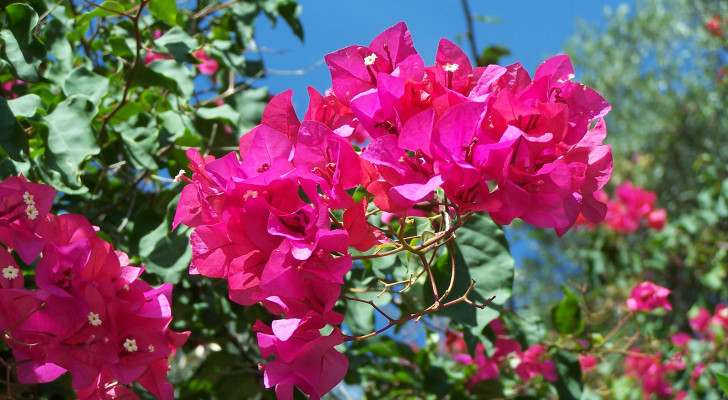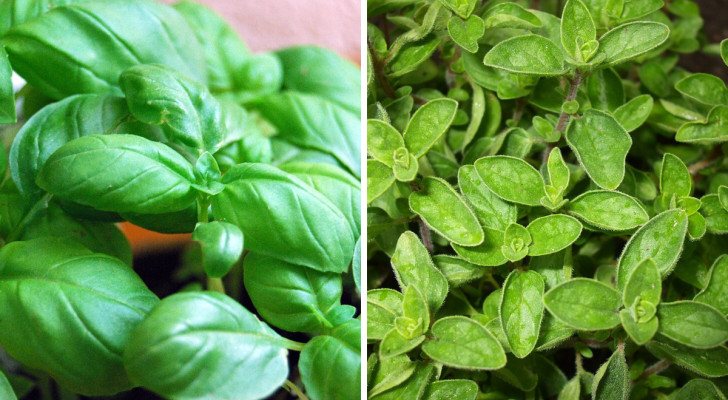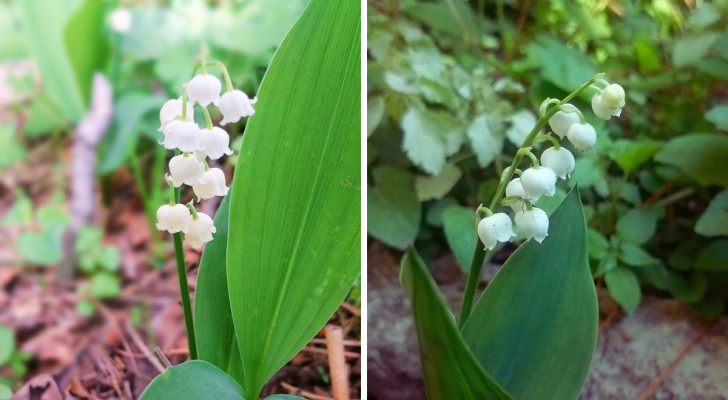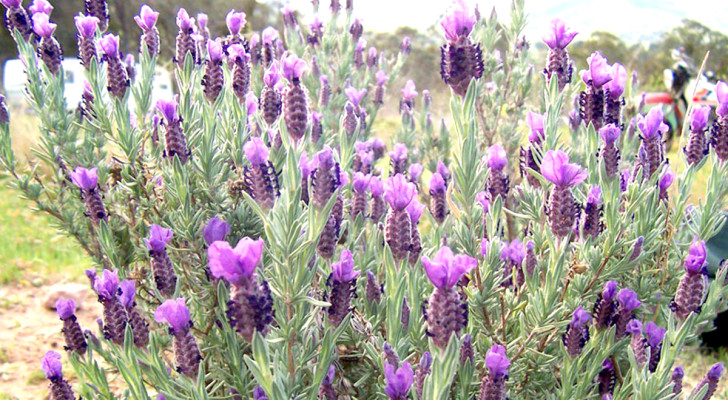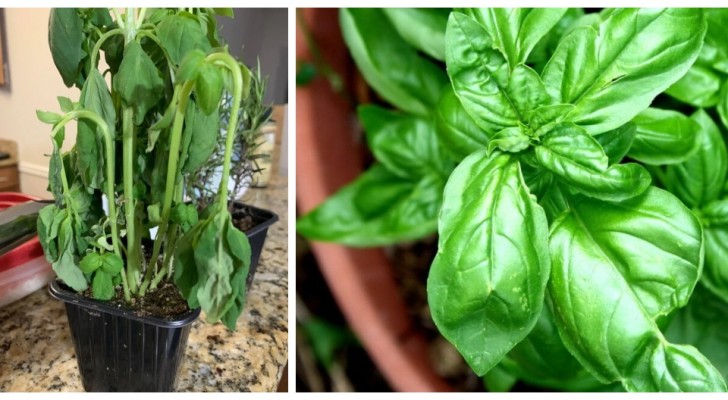Discovering the Hoya Carnosa, an irresistible creeper with wax flowers

Native to Indochina, Indonesia and Australasia, the porcelain flower or wax plant (scientific name, Hoya carnosa) are plants with an extremely fascinating appearance. They are epiphytes like orchids (therefore in their natural habitat, they grow on tree branches) and have large, shiny, green leaves. What makes them really irresistible, however, are the flowers: they are hemispherical clusters of small flowers that seem to be modeled out of wax, and which - especially in the evening - give off a pleasant perfume.
Although they are quite known all over the world, these plants cannot be said to be truly hardy: they cannot take intense cold and prefer warm and humid climates such as those of their regions of origin. For this reason, they are often grown as houseplants or greenhouse plants. With the right care, however, they are easy to maintain and are long-lived plants.
via Royal Horticoltural Society
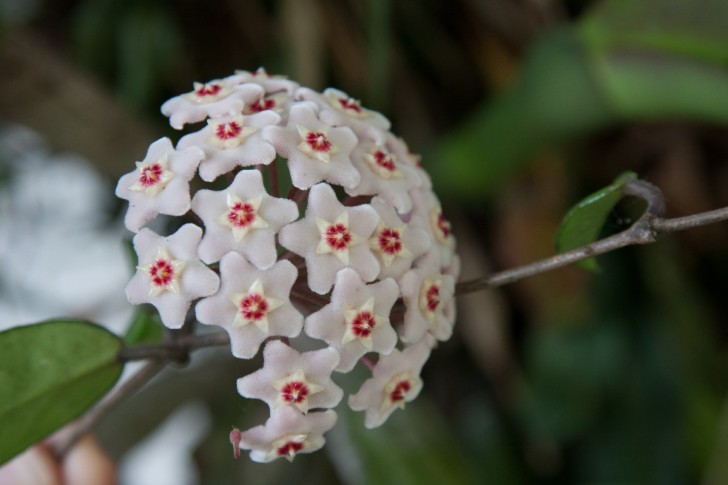
Climate and exposure:
These are not especially robust plants. In fact, where winter temperatures are very cold, they must be kept sheltered, often in the home or perhaps in greenhouses.
In spring and summer you can place them in very bright spots, where, however, they are protected from direct sunlight during the hottest hours of the day - otherwise there is a risk that the leaves will burn. In winter or autumn, however, the brightest location (protected from cold and wind) is fine, since the intensity of the sun’s rays is generally lower. The minimum temperature to expose them to in winter is 10 °C (50 °F).
In any case, carefully choose the two areas between which to move the plants (if you do live in places with mild winters, you could try growing them in the garden or in pots that can be kept stable at one point): the plants do not like to be moved once buds have appeared.
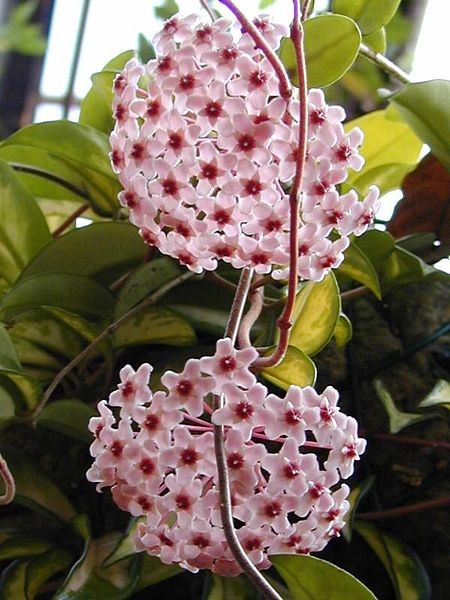
Soil:
As for the soil, being epiphytic plants, the soil must be as light as possible, in order to leave the roots "to be free" without suffocating them, just as is needed for orchids. There are also those who grow these plants in a little soil used for succulent plants, and also those who lighten a good quality universal soil by mixing it with a lot of bark, or expanded clay and perlite.
Irrigation:
They need more water in warm seasons, when they should be watered once or twice a week. In autumn, and even more so in winter, the watering can be reduced, taking care of the plant only when the soil is dry (but do not wait for it to become completely dry).
Water when necessary and feed with half-strength high potash fertilizer every two weeks or so.
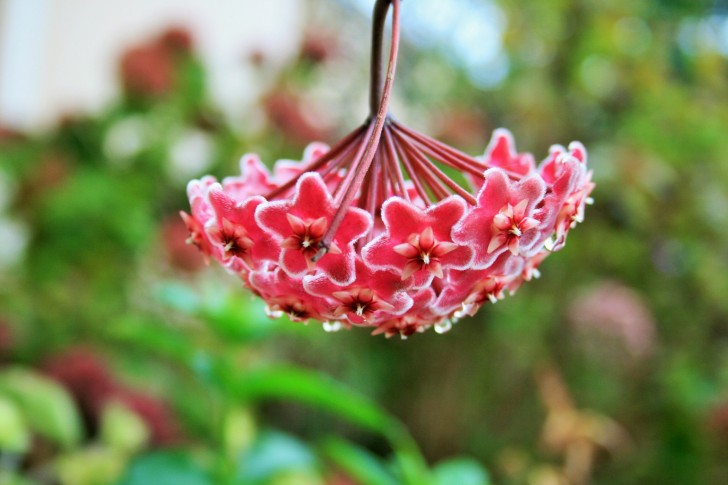
Fertilization: If you want to use fertilizer, don't do so more than once a month between October and February (when the plants are usually dormant) and increase to a maximum of twice a month in the spring with products rich in potassium.
Other guidelines:
- Do not remove the flower stalks when they have wilted, as they can return to bloom from these loci.
- Ensure a certain constant humidity by keeping the pots (especially in spring / summer) in a saucer and with expanded clay or gravel which is kept moist.
- If you need to move the plant to a larger pot, do it in the spring before flowering, and stop all fertilization for a month and a half thereafter.
Happy gardening!
